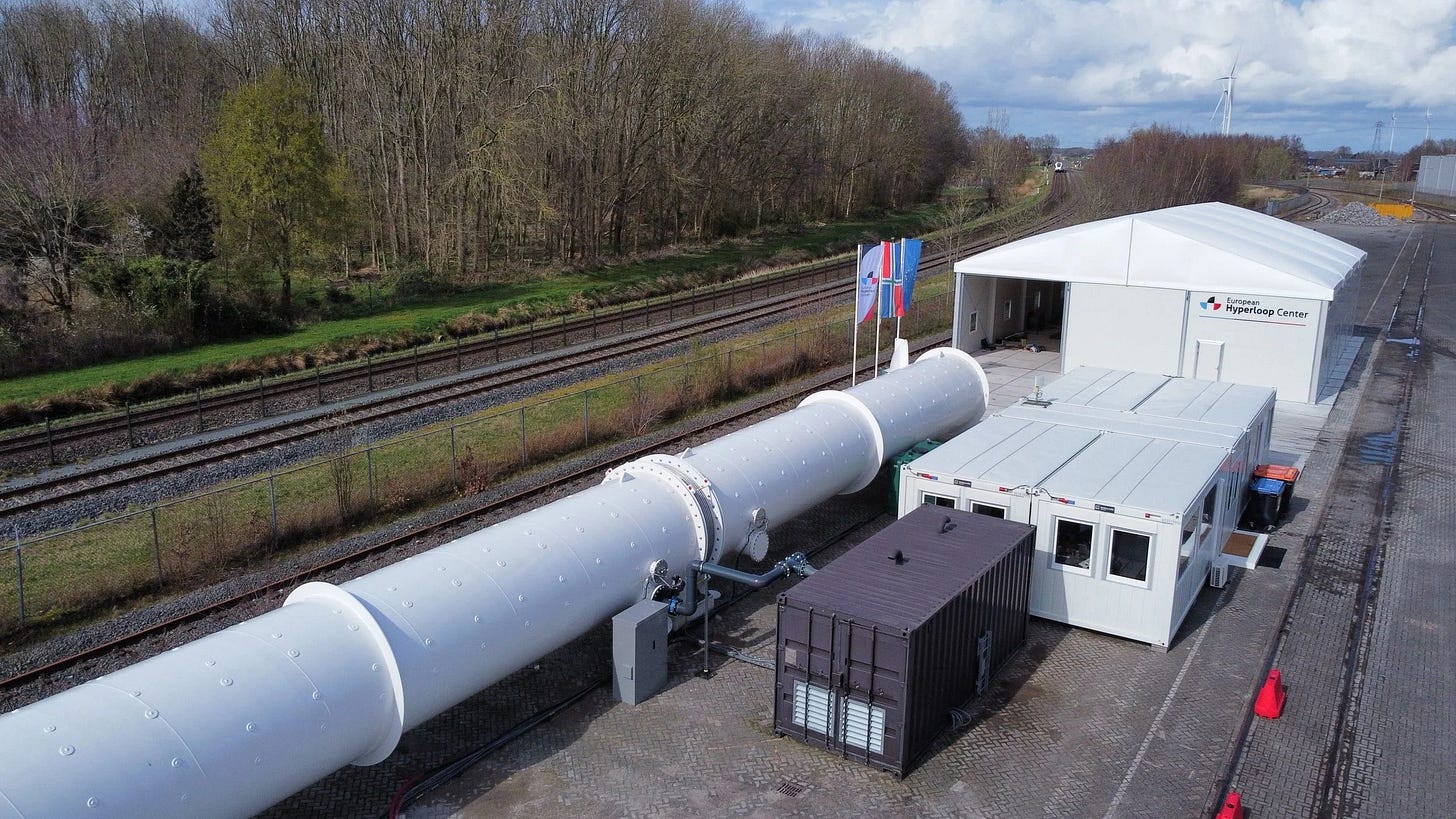Dutch Hyperloop hits 85 km/h in EU-funded test
Hardt Hyperloop has completed a test where a capsule reached 85 km/h at the European Hyperloop Center in Veendam, Netherlands — a significant increase from the 30 km/h achieved in earlier tests. While the speed may seem modest, the purpose was to demonstrate stable levitation technology and a "lane-switch" at full speed — fundamental elements for a future system that could reach up to 700 km/h.
The concept, originally launched by Elon Musk in 2013, is based on capsules in low-pressure tubes where friction and air resistance are minimized. The facility in Veendam is 420 meters long and is operated by a non-profit foundation established through a public-private partnership. Funding totalling over €12 million comes from Dutch ministries, the Province of Groningen, private investors, and EU programmes such as the European Innovation Council (EIC) Fund and Horizon Europe.
Opportunities and criticism
Proponents see hyperloop as a potential climate-friendly alternative to aviation on medium-distance routes, such as Amsterdam-Berlin in ninety minutes. For the EU, the project is part of efforts to standardize future transport through initiatives like Hyper4Rail — a €2.8 million, 24-month project launched in December 2024 under the Europe's Rail Joint Undertaking.
Critics focus on safety and comfort: passengers would sit in narrow capsules without windows, which could feel claustrophobic, and even minor earthquakes or underground movements could create severe vibrations. Additionally, there are unanswered questions about evacuation, maintenance, and the high costs of maintaining vacuum conditions over long distances.
Our quick analysis: The test shows progress, but 85 km/h is only a first step toward the promised 700 km/h. Safety, comfort, and economics remain unresolved, and the technology must prove its worth before it can become a realistic alternative in European transport.


